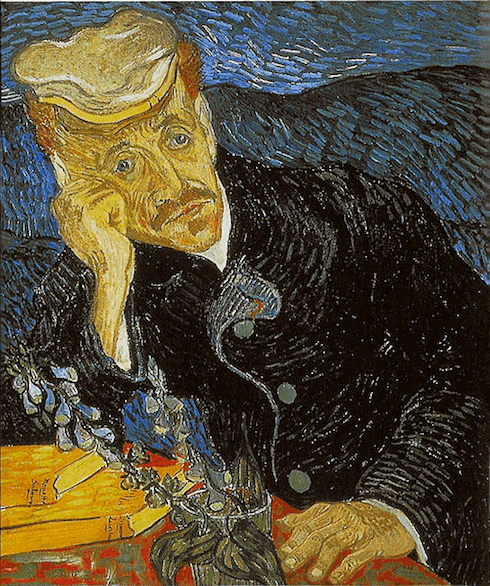Vincent van Gogh’s artwork garnered little appreciation in his lifetime. Seven years after he died, one of his paintings, “Portrait of Dr. Gachet,” changed hands for the first time for 300 francs (under $60). In 1990, exactly 100 years after it was painted, “Portrait of Dr. Gachet” was bought at auction for a record-breaking $82.5 million.
Why did so many respected art dealers and collectors ignore, miss, and even dismiss so much genius for so long? How did Van Gogh transform from a scorned wannabe to one of the world’s most celebrated artists? What changed?
Before discussing what changed it helps to understand what didn’t change. What didn’t change was the artwork or how dopamine-induced madness influences behavior. DIM explains both the lack of interest in Van Gogh’s work and the $82.5 million price tag for a painting deemed by 19th-century art experts to be worth less than the canvas it was painted on.
What did change was that a century ago, DIMwits were more likely to score dopamine rewards by following the followers dismissing Van Gogh’s genius. Back then, challenging conventional wisdom by having the temerity to purchase his paintings came with the threat of severe dopamine withdrawal triggered by expectations of rejection. For DIMwits, predisposed to indulging safety, approval, and esteem needs, there was only one choice and that choice was determined by the dopamine dysfunction that kept them voting for dopamine hits over the threat of withdrawal every time.
Decades after Van Gogh ended his life, increasing numbers of art lovers started noticing his talent. The recognition might have started among DIMwits but it’s more likely visionaries were involved. Historically, it’s usually the visionaries who first notice and try to share new insights while DIMwits do their best to silence them.
As the ease of collecting dopamine rewards flipped from berating Van Gogh to taking credit for proclaiming his genius, the number of aficionados increased along with the prices paid for his artwork. The higher the prices, the greater the esteem-related dopamine rewards, the more appealing his paintings became to esteem addicts, the higher the prices, etc.
Van Gogh’s rise from obscurity to prominence provides an excellent example of how dopamine dysfunction influences all DIMwit choices, beliefs, and behaviors. Dopamine dysfunction explains why the difference between $60 and $82.5 million for the same painting has little to do with art, intelligence, changing tastes, Van Gogh’s talent or his “Portrait of Dr. Gachet” and much to do with how delusional, dysfunctional, and dishonest DIMwits are.
DIM even explains why today’s art connoisseurs don’t want to know how their looking up to Van Gogh can be traced to the same dopamine-induced madness that kept 19th-century DIMwits looking down on him.





Discussion
Comments are closed.